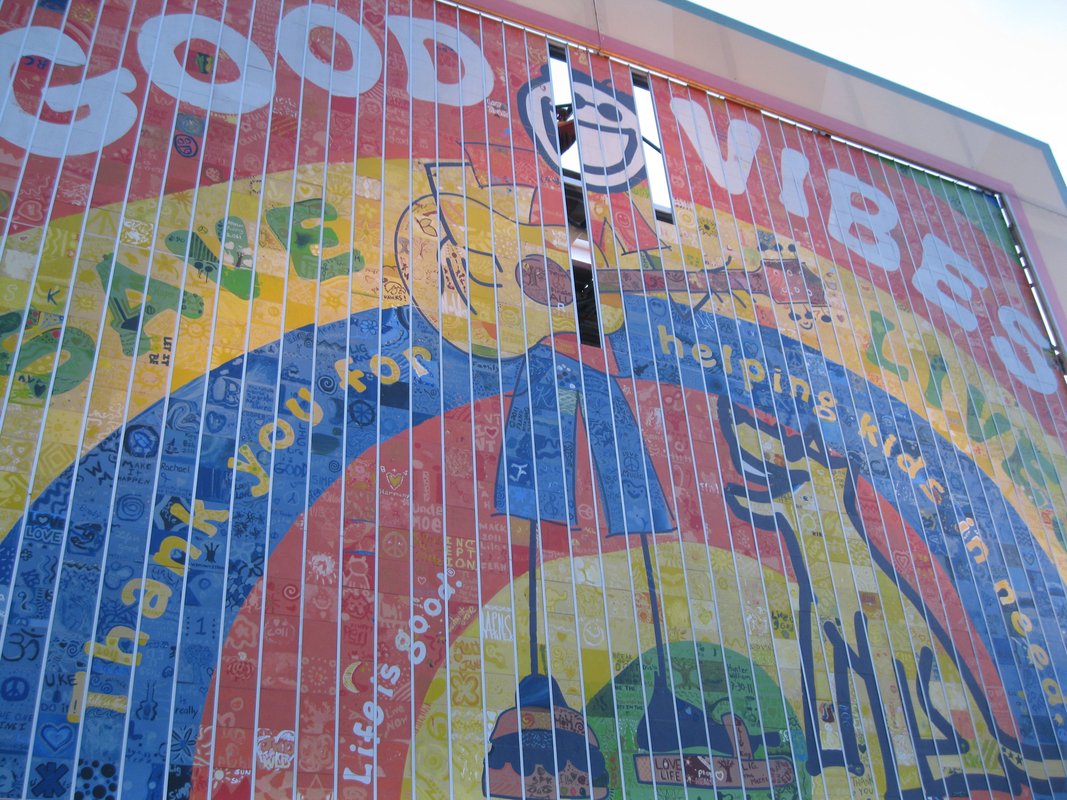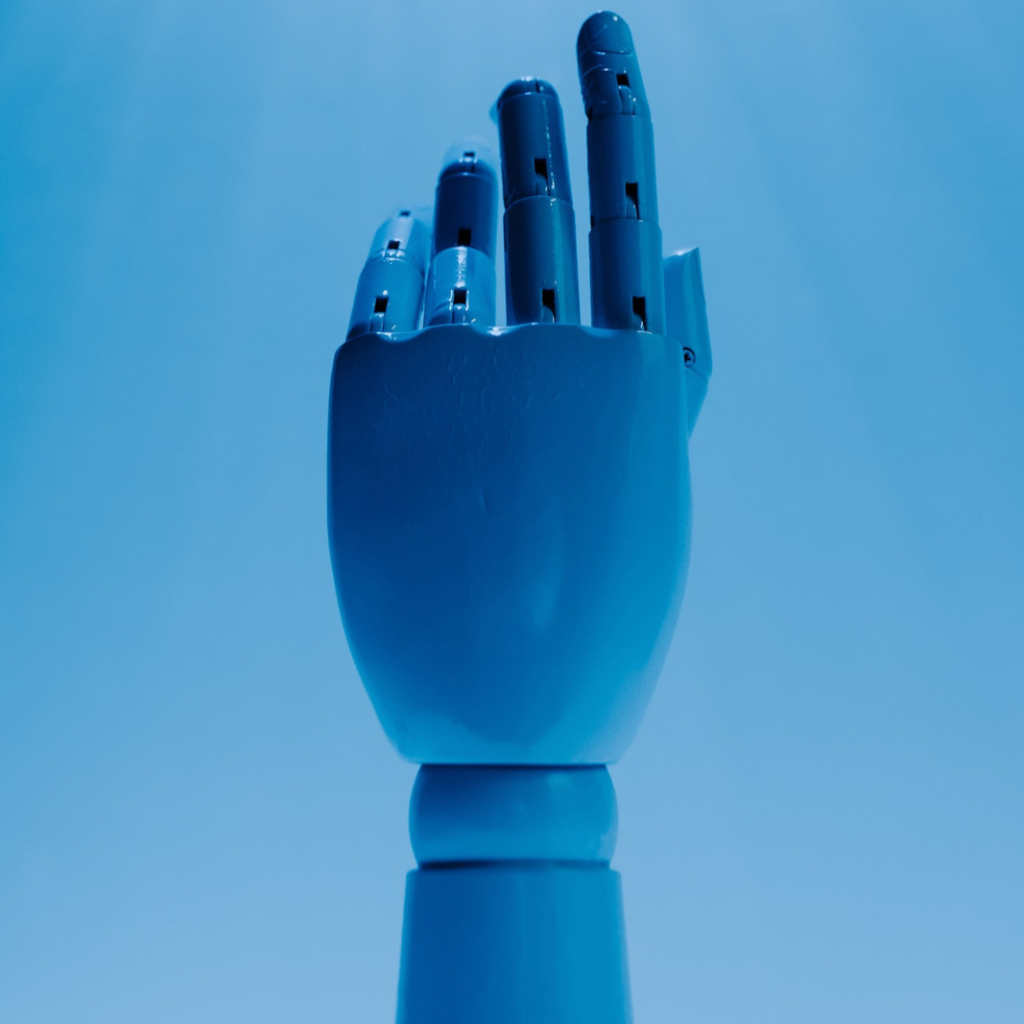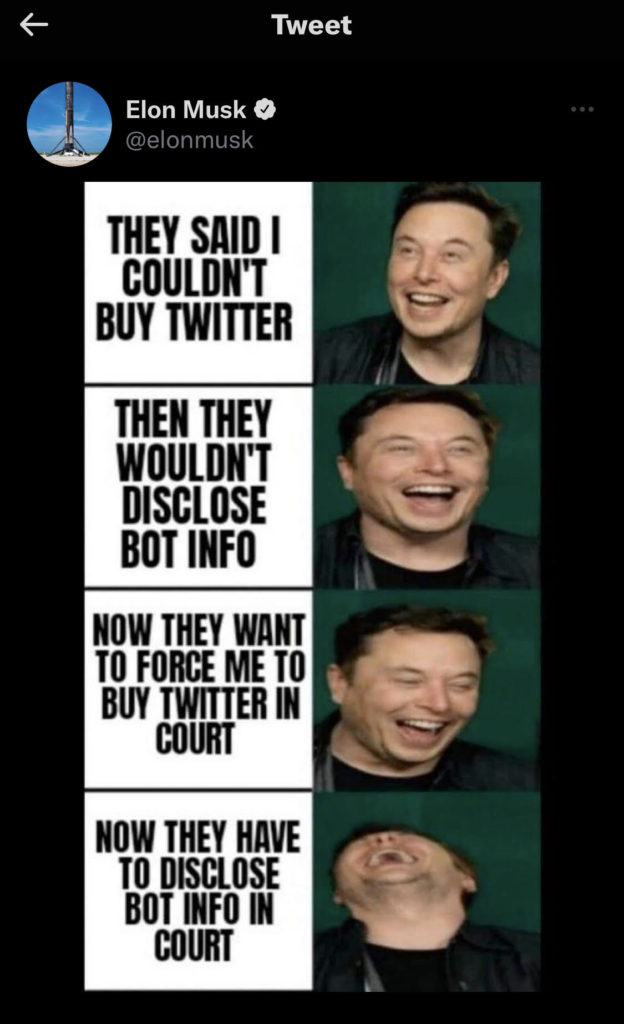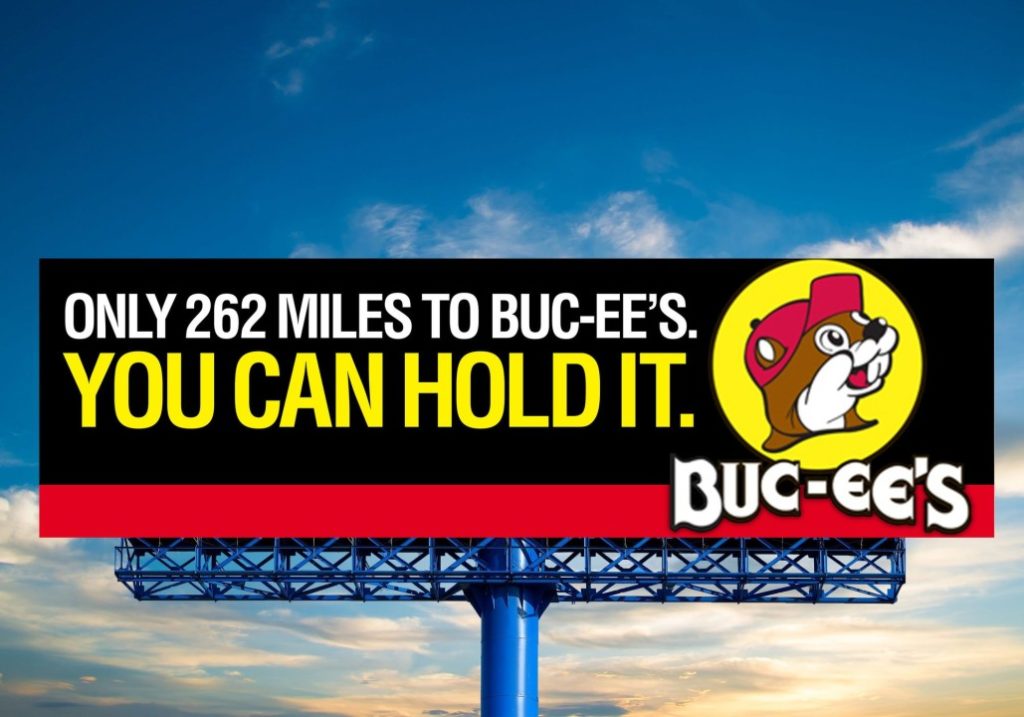
Back in 2014, I joined Life is good CEO Bert Jacobs on the main stage of the National Retail Federation’s Big Show to illuminate the powerful effects core values can have on businesses. Core values helped Life is good build a $100 Million lifestyle brand. Our talk rated the highest of all keynotes given at NRF that year and is available to watch here.
To get started let’s think about…
What Are Core Values?
Core values are part of a company’s DNA. They define what an organization stands for, highlighting an expected and ultimate set of behaviors and skills. A company’s values lie at the core of its culture. Values are fundamental, enduring, and actionable.
Driving priorities and decisions, values help determine how a company spends its time and money. The actual values of an organization are determined mainly by where it invests its resources and how its employees behave, not what the leader says or what’s posted on company walls.
When properly executed at the leadership level, core values play a fundamental role in attracting and retaining talented employees, making difficult decisions, prioritizing resources, reducing internal conflict, differentiating the brand, and attracting the right breed of customers.
Why Brands Need Core Values
Human capital is the lifeblood of today’s enterprises. Attracting top talent in a fast-changing global marketplace—and retaining them—takes more than high salaries and benefits packages. Talented people want to work in environments where they can develop and thrive. Top performers seek out organizations with values that match their own.
As a consequence, the importance of a company’s culture is becoming more apparent. Numerous research studies have highlighted that corporate culture is a primary driver for innovation.
When core values are successfully integrated into an organization, they set the foundation for its culture. Values set the climate of the workplace and help determine how success is defined and measured.
12 Reasons Core Values Are Important
Taking core values serious is a major organizational initiative. Wondering if establishing an authentic set of core values can impact your business?
Here are 12 reasons Brands should take core values seriously:
- Core values can set a foundation for the organization’s culture.
- Core values can improve morale and can be a rich source of individual and organizational pride.
- Core values can align a large group of people around specific, idealized behaviors.
- Core values can guide difficult decisions by determining priorities in advance.
- Core values can help positively influence how employees interact with one another.
- Core values can help you attract, hire, and retain the right type of employees.
- Core values can help you assess performance (both individually and organizationally).
- Core values can help prevent conflict and mitigate conflicts that do arise.
- Core values can help you improve innovation.
- Core values can help differentiate your brand in the minds of your customers and partners.
- Core values can impact how the organization serves its customers.
- Core values can help you attract the right breed of customers.
Are you looking for new ways to think about your own Core Values? Do you aspire higher?
Our firm uses Core Values to help companies attract more profitable customers. Core values play a major role in inspiring leadership and building powerful brands that resonate with employees and customers.







